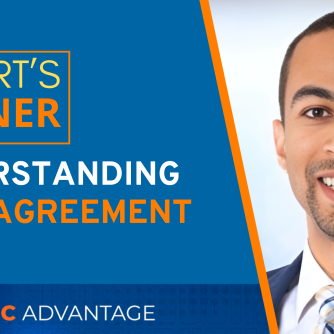Product Fits
When creating a digital product, it’s hard to achieve customer product fit. It’s even tougher to attain the additional series of product requirements or “fits” demanded by investors, partners, teams, and even the company itself.
It would be terrific if nailing customer product fit meant a company nailed the other fits. Sometimes it does, but I have experienced and witnessed far too many times where this isn’t the case. Why? Because each group of stakeholders wants something slightly, if not significantly, different out of a product.
Investors want to scale and see a return. If they can’t connect the dots around a product being able to scale and facilitate a company’s exponential value as a result, investors are likely to pass. For example, a product’s ability to leverage product led growth is something investors are for. Investors need product leverage – which is the ability for a product to be easily discoverable and shareable – because they are going to want to know that the product can grow the customer volume without scaling the size of the company.
Partners need to see how the product allows them to plug in and benefit. They need to understand how the product will support them being successful in reselling, servicing, and implementing it. Partners care about a products core functionality and value proposition for customers, but what they most care about is how does the product help them achieve their business goals. If a product isn’t partner friendly, meaning they can’t easily leverage the product to serve more customers and make more money, then they likely won’t care about what the product does or how it does it.
Product teams need to be a fit for a product, too. Designers and developers have strengths and weaknesses that don’t make them a fit to work on every product. Our digital products firm, AWH, recently engaged with a client who has created their products (mobile and web) on a very unusual technology stack. That led to challenges in finding people who are well versed in the various and somewhat obscure technologies they’d chosen. This kind of architectural debt was catching up to them because the people who made these short-sighted technology stack choices are no longer with the company. The current team didn’t know how to evolve from the foundation that was already in place. This illustrates that the product team fit is an underrated but crucial for product fit. Without it, the synchronicity of product fits is unlikely.
Company product fit is the most misunderstood. Company product fit is centered around a products ability to support the company’s strategy and model. It can also be viewed as a product’s alignment with a company’s vision. This seems obvious right? Who would build a product that isn’t in alignment with a company’s vision, strategy, and business model? This is a hard fit to nail because, too frequently, the team creating the product and the people creating the company vision, strategy, and business model aren’t aligned. Time and time again I come across a company and product that are failing because the product doesn’t align with how the company is operating or how they want to operate in the future. At AWH, we engaged with a client a few months ago to help them redesign and redevelop a product that was misaligned with how they wanted to operate. A common misalignment around company product fit is a company believing and operating as if they have a SaaS product when, in fact, they don’t. Just as common are companies that believe they are a software product company, when in fact they are a services firm.
Founders and product teams need to keep in mind the specific stakeholders that they need to resonate with, including themselves, to ensure they are creating a product that aligns with the needs of these various stakeholders.
Ryan Frederick has had the privilege of being part of starting and growing several product companies and services firms. Ryan is a Principal at the product studio AWH. Ryan has authored two books. The first on increasing the odds of success in creating products, being a Founder, and starting companies called The Founder’s Manual: A Guidebook for Becoming a Successful Entrepreneur. The second, Sell Naked: And Other Advice for Growing and Managing Services Firms. Ryan speaks frequently about creating software products, growing services firms, and leadership.







